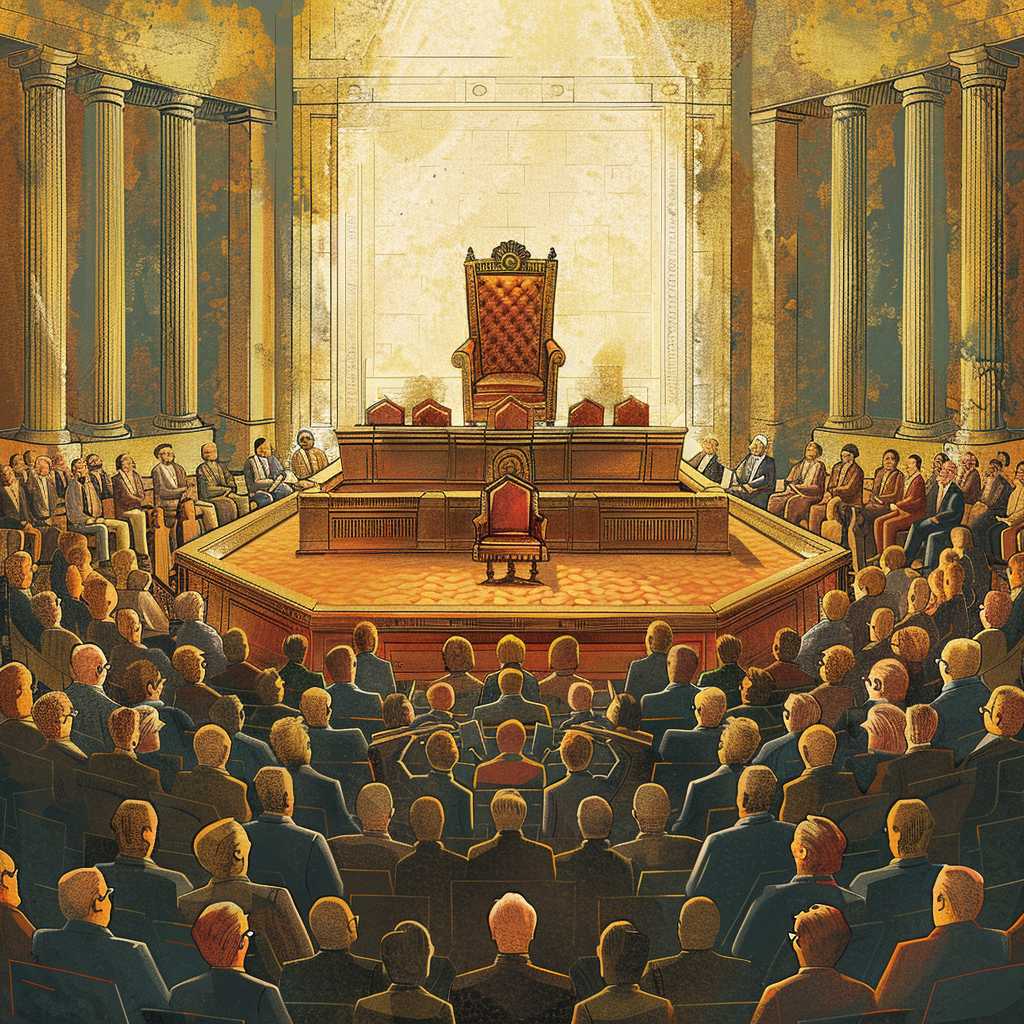The Role and Powers of the Speaker of the House in the U.S. Government
The Speaker of the House is a pivotal figure in American politics, playing a vast and multifaceted role in the legislative process and national political discourse. The Speaker is not only the presiding officer over the House of Representatives but also stands as second in the presidential line of succession—after the Vice President—therefore making the position one imbued with substantial authority and responsibilities.
Selection and Leadership of the Speaker of the House
The Speaker is elected by the majority party in the House of Representatives, typically at the beginning of a new congressional session. This selection process underscores the partisan nature of legislative leadership, with the Speaker often reflecting and advancing the agenda of their political party. However, as a constitutional office, they are also required to facilitate orderly proceedings in the House and represent all its members.
Responsibilities and Duties
An overarching duty of the Speaker is to ensure that the House operates smoothly. This includes presiding over debates, managing legislative schedule, upholding rules, and maintaining order during discussions. A crucial function of the Speaker’s role is influencing policymaking; they craft and promote legislation, deciding which bills should proceed for discussion and when. They may also appoint members to special committees and commissions, leveraging these placements to steer policy directions.
Power Broker in Policymaking
The Speaker’s influence in shaping legislation cannot be overstated. With control over what legislation reaches the floor and when votes are called, Speakers can significantly affect both the content and timing of laws passed. They are often seen consulting with committee chairs, whips, and party leaders to refine strategies ensuring legislative success.
Facilitator of Communication and Liaison with Executive Branch
A pivotal part of the Speaker’s role is acting as a conduit for communication between Congress and the Executive branch. They negotiate with the President and theirs aids on various issues, weighing political considerations alongside legislative priorities. In tumultuous times or partisan conflict, their capacity to bridge divides or conversely, mount opposition, plays a central role in governance.
Symbolic National Leader
Beyond their technical functions, Speakers also embody national leadership. As figureheads representing major political ideas, values, and aspirations, they become symbolic leaders, especially for their political party. Their public appearances and statements have a powerful impact on public opinion, either consolidating or dividing popular support for particular policies and ideologic visions.
International Role
Speakers may also have a voice on international matters—they entertain foreign dignitaries, nurturing diplomatic ties through official receptions and meetings at both domestic venues and abroad during delegatory visits, which can delicate substantial soft power in foreign policy.
Controversy and Criticism
Given their immense clout within both legislative processes and broader political narratives, Speakers have often been objects of controversy. Their leadership style, policy preferences, or negotiation tactics can become points of criticism from opposing parties or even dissenting voices within their own ranks.
Historical Perspective on the Evolution of the Speaker’s Role
Since the creation of the position under Article I, Section 2 of the U.S. Constitution, the Speaker’s role has evolved significantly. Originally viewed largely as a non-partisan facilitator of proceedings, many Speakers have transformed it into one steeped deeply in strategy and political leverage. Historical discourse on specific holders of this office reflects changes in parliamentary procedure and reveals evolving expectations of congressional leadership.
